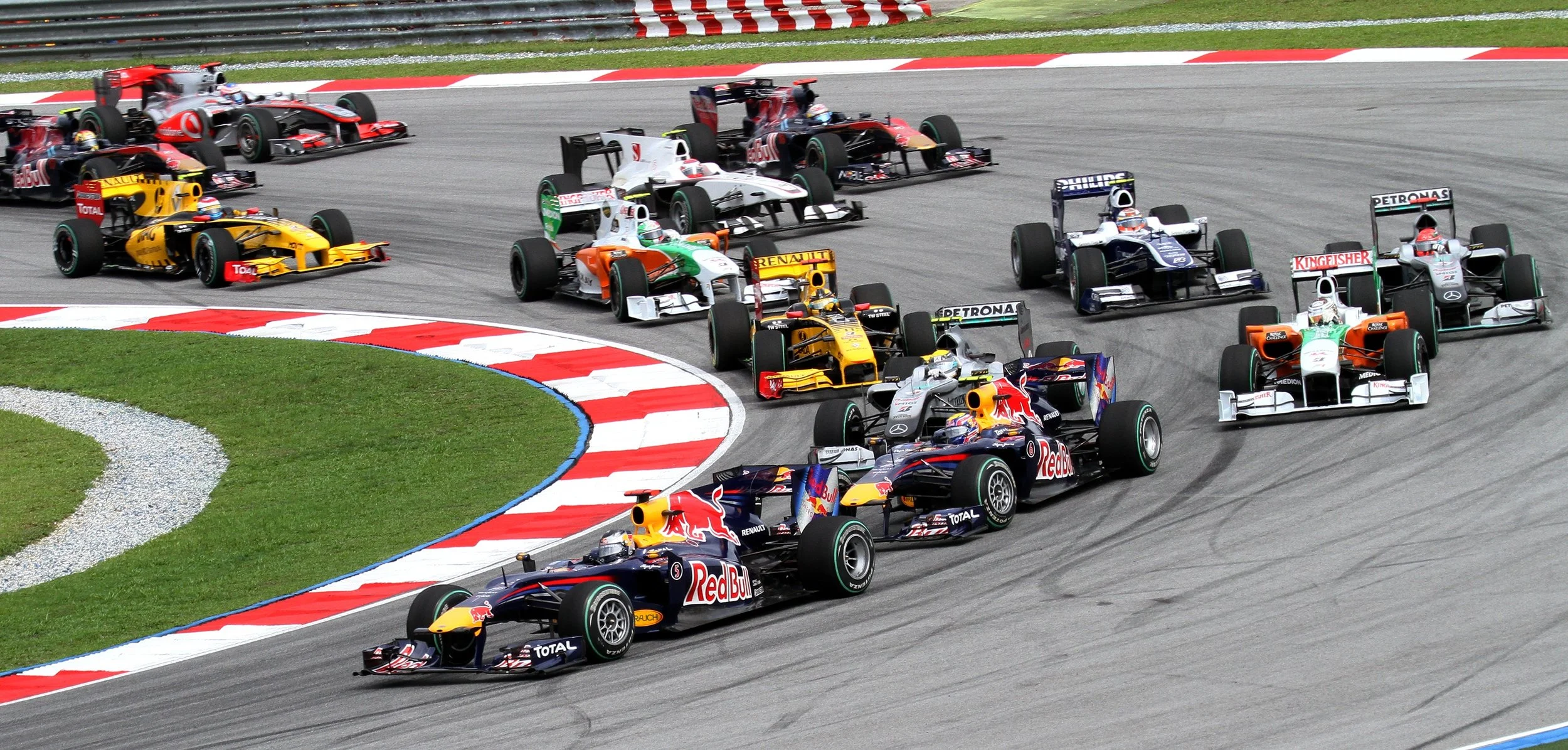by Scott Barrett, VP Client Success, Americas
Millennials are driving less than previous generations. For them, owning a car is considered a hassle, and young people will even delay getting their licenses, in favor of other means of transportation. Meanwhile, government regulations continue to push higher vehicle fuel efficiency. Tesla has announced a 315-mile range electric battery. All of these signs point to a prolonged period of fuel demand decline for many countries around the world — and certain countries are adjusting quickly to the erosion by breaking into newer technologies.






















